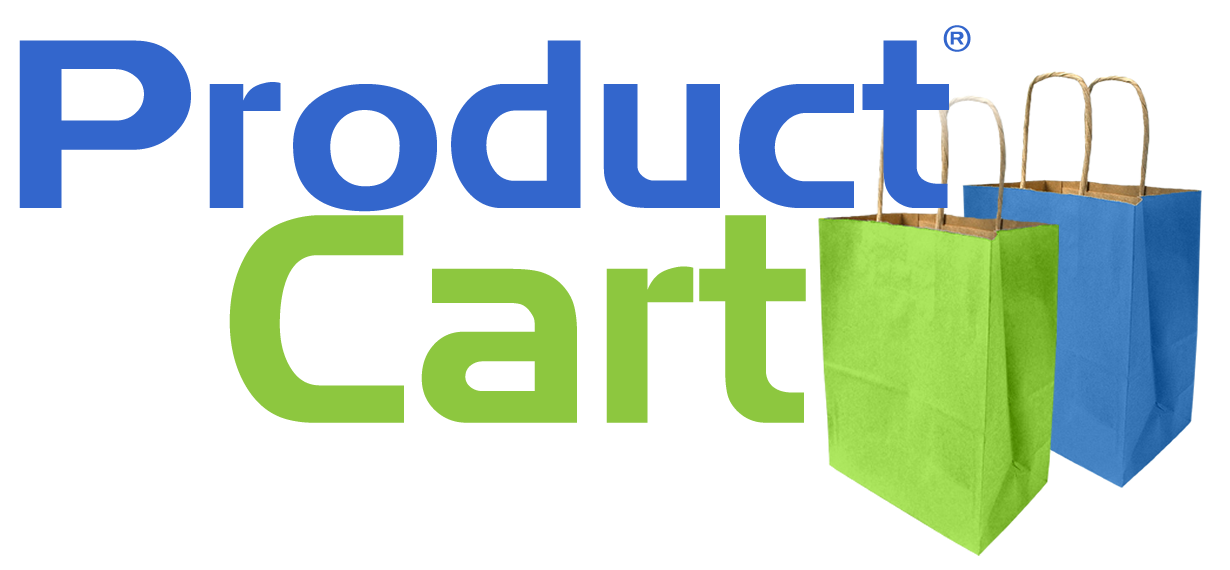Adding and Editing Content Pages
Name, Title, and Content
- Page Name (Link)
This is the text used in the link to the Content Page. Max 255 characters. It's shown in both the Control Panel and the storefront when linking to the page. - Page Title
This is the title that store visitors see when viewing the page. Max 255 characters. Optional. Displayed using an H1 HTML tag on the page itself. - Content
The main page content. Use the built in HTML editor to create the page or copy text or HTML code from another program.
Settings
- Active
Check this option unless you want the page to remain inactive, and therefore invisible in the storefront. Inactive pages cannot be accessed by your customers. If you are still working on a page (or do not want to show it in the storefront for any other reason), set it to be inactive. - Only accessible by…
You can restrict access to specific customer groups. For example, if you have resellers that you do business with and want a page on your store that provides “Reseller News” you can set up that page so that only resellers can view it. In this scenario, you will first need to create a ”Customer Pricing Category” for your resellers (e.g. “Gold Resellers”), then select that entry from the Only accessible by… drop-down. - Review Status and Notes
Review Status and Review Notes are only shown to Control Panel users with publishing permissions. The Review Status of a page can be:- Published: a store manager with publishing permissions has reviewed the page and decided that it's ready to be shown in the storefront.
- Under Review: a new page has been created and needs to be reviewed by a store manager with publishing permissions.
- Reviewed: a page has been reviewed by a store manager with publishing permissions, but changes are needed, which could be added in the Review Notes. Review Notes are not shown in the storefront
- Parent (Optional)
To simplify browsing Content Pages, you can organize them in a two-level tree. In the storefront, you can link to a page where customers can browse content pages by adding a link to a file called ”viewPages.asp”, which is in the “pc” folder, just like all other storefront files. - Thumbnail (Optional)
The thumbnail is used when browsing Content Pages if the category display settings have been set to use this feature. That is: content pages follow the same display settings set for categories. For example, if you set your categories to be displayed as text links, 3 categories per row and 4 rows per page, that's exactly how top-level content pages will be displayed on the Browse Content Pages page (pc/viewPages.asp). - Display Order
Used when displaying a list of pages (e.g. navigation). - Include store header & footer
Check this option if you would like ProductCart to create a page that includes the store's graphical interface. This is normally what you will want to do. If this is the case, and if you decide to copy HTML code that you have created in another HTML editor, make sure to include only code that is in between the <body> and </body> tag.
For example, you could copy and paste an HTML table that you have created in your favorite HTML editor, but you should not copy an entire HTML page. If you wish to copy an entire HTML page into the Page Description field, then make sure NOT to select the Include store header & footer feature.
So, to recap:- If you are creating your pages elsewhere and copying an entire HTML page into the Page Description field, do not select the Include store header & footer option.
- If you are using the built-in HTML editor or are copying only a portion of an HTML page created with an external HTML editor, then you must select the Include store header & footer option.
- Exclude from Content Pages navigation
You can generate a navigation menu for your content pages. You can then use the navigation anywhere you wish in your store's graphical interface, style it with CSS, or use it as part of whatever navigation script you like to use. This feature allows you to exclude from the navigation pages that you do not wish to show there.
Meta Tags
You can enter page-specific TITLE, DESCRIPTION, and KEYWORDS meta tags for Content Pages.
